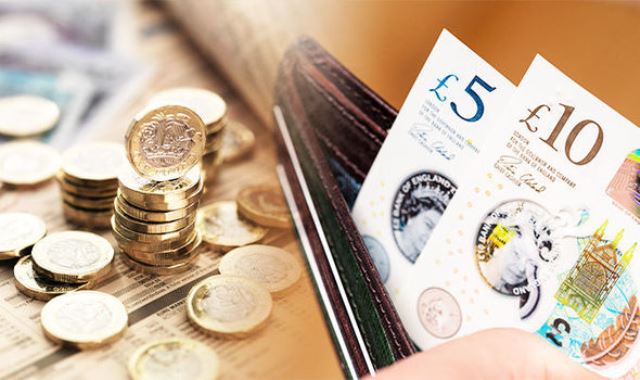Sterling edged up on Wednesday but remained within its recent trading range as investors prepared for the European Union to grant Britain a second Brexit delay that, while reducing the threat of a no-deal exit, creates new uncertainties.
Brussels is expected to grant Prime Minister Theresa May another delay to Brexit at an emergency summit on Wednesday but the bloc’s leaders are likely to demand she accepts a longer extension than she proposed, and with conditions.
May wants to postpone the departure date to June 30 from April 12, but in Brussels a flexible extension until the end of the year or until March 2020 was shaping up to be the most likely option, EU diplomats said.
“We understand why this is being met with limited enthusiasm in the FX markets. Firstly, no-deal risks were already marginal with the EU never realistically going to reject the UK’s request,” said MUFG analysts in a note. “Secondly, a potential longer extension opens up a Pandora’s Box of uncertainties that aren’t particularly attractive.”
The pound was helped higher by better-than-expected economic growth numbers. Britain’s economy grew at 0.2 percent in February, against a forecast of no growth in a Reuters poll of economists, thanks to pre-Brexit stockpiling.
Sterling rose 0.3 percent to hit the day’s high of $1.3086, before settling around $1.3070. That leaves the pound firmly within the $1.29 to $1.32 range it has traded within for the last two weeks.
Against the euro, the pound strengthened 0.1 percent to 86.19 .
Implied volatility gauges for the British currency – market expectations for price moves – over the next week and month have come down sharply.
“Despite overnight reports pointing to EU intentions to offer the UK an extension … that could last for up to a year, the pound barely moved. This is a good illustration of how markets look at sterling these days; with scepticism and caution, somehow immune to news and rumours,” said Ricardo Evangelista, an analyst at online trading service ActivTrades.













